5 Key Things To Do When You Move Into A New Home: For Your Safety & Peace Of Mind
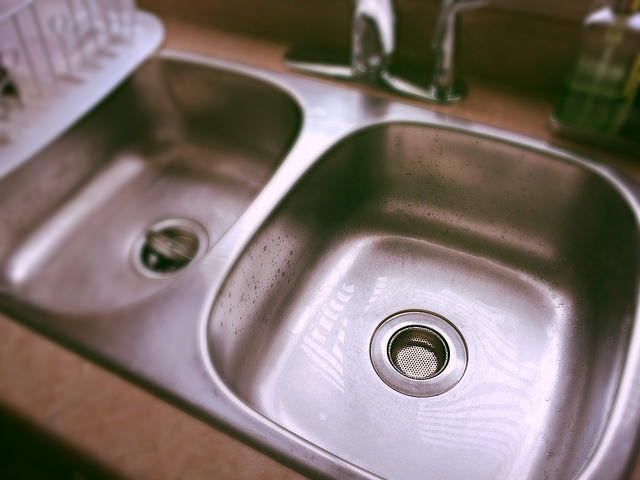
Before we moved into our 10-year old home, our real estate agent and home inspector gave us one piece of advice. They said, expect several issues – there will be key things to do when you move into a new home. No matter how great it looks.
We knew that there were repairs needed. We just didn’t truly know how many things needed an update, despite having a thorough home inspection! Boy, were we in for a surprise…
Aside from the fun interior design stuff that anybody gets excited about, there were some issues we needed to address as soon as possible.
We knew the roof would need to be replaced in the next couple of years.
We knew there were some electrical issues that needed to be done as soon as possible to be up-to-code. The rickety, sliver-infested wood deck in the backyard was falling apart. Frankly, it was an eye-sore that we like to call the “builder’s special”.
There were some things that came “out of the woodwork” well after we had all the boxes unpacked.
After all, in many cases, the seller slaps on the spackle and fresh paint puts in hardwood flooring and does a few “jimmy jobs” to hide the imperfections. All of this just so that they can sell their house at top dollar.
Five Things To Do When You Move Into A New Home
I’m going to share with you some of the essential things to do when you move into a new home – particularly a re-sale home.
After all, over time anything that’s original or has been modified needs to be checked.
You want to be safe and secure in your home before you begin
The five things that I’ve listed below are key things to do when you move into a new home. These are things to fix in a home when you move in, as soon as possible.
While the list isn’t definitive, it gives you an overview of the most important things to fix up in your home.
1. Electrical
One of the vital things to do when you move into your new home is to check whether the electrical is safe.
Your home inspector will go through the electrical as much as possible to see if there’s anything that’s not to code. However, there may be some surprises lurking in places unseen.
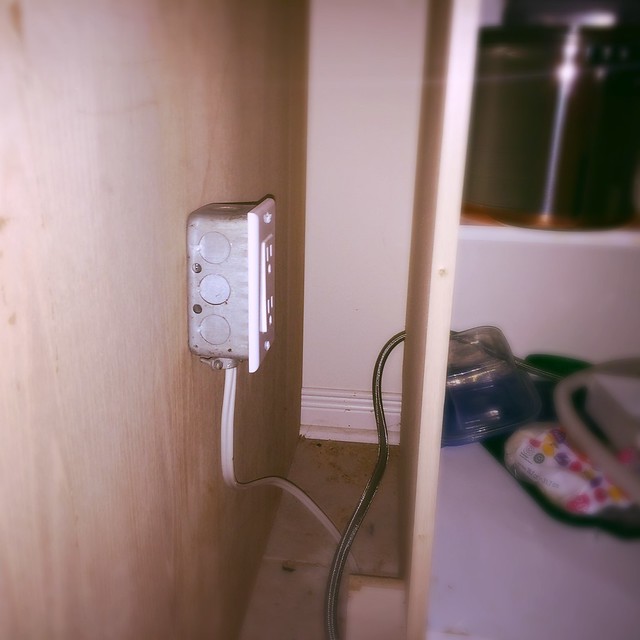
For example, if you have a dishwasher, check behind it to see if it is hardwired. It might be a jimmy job if an outlet has been created and a plug attached to it.
Most dishwasher units don’t use a plug system. They need to be hardwired. If you aren’t sure how to do this, call a certified electrician to help out.
Sometimes having a reputable Master Electrician come in to check out your home is well worth the cost. They can spot things that you may not notice.
We were lucky that a faulty plumbing job with our dishwasher that was making it super-smelly made us take a look behind it. As a result, we found the dedicated electrical outlet was not to code. It was connected to a light bulb in the basement directly below and not a separate circuit!
2. Plumbing
One of the more important things to do when you move into a new home is to check the plumbing. Even if your home has completely new toilets, sinks and faucets, are they all in working order?
Are faucets leaking? Are seals starting to wear? Do you hear the sound of trickling water coming from your toilet? Do you have shut-off valves to make maintenance easier?
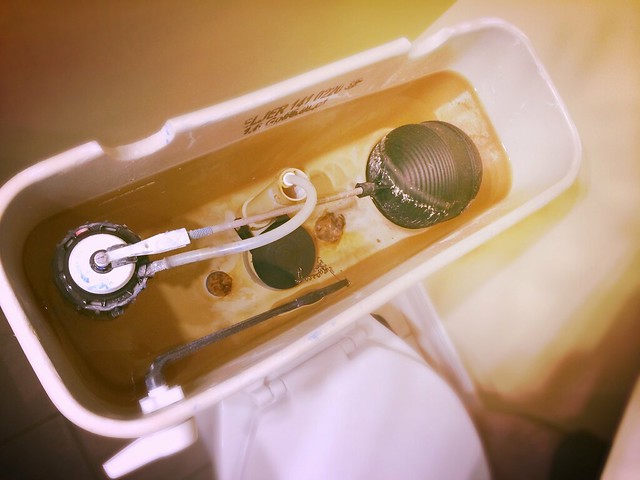
When you have a plumber fix plumbing issues, you may want them to take a look at your dishwasher and fridge hook-up. Why? Your dishwasher may not be hooked up correctly to the hot water. Also, the out-take pipe may not be draining water out due to faulty placement.
3. Old Appliances
One of the easiest ways to fix up your resale home is by replacing the old appliances. Sure, the former owner is kind enough to leave behind their fridge, oven, dishwasher and laundry machines etc. But did they maintain them? Are they old enough to be out-of-date in terms of energy-saving technology? Are they failing to do a good job due to years of use?
Builder-grade appliances are often inexpensive entry-level units unless the first owner splurged for an upgrade. It’s always good to do a bit of research as to what you have installed in your kitchen and laundry room. If the previous homeowner doesn’t leave behind the manuals, use the model numbers to search online for more information.
Check for product recalls and any warnings of fire hazards. Those are the appliances you want to have changed as soon as possible.
We also started monitoring our water and electricity bills and when we used certain appliances more. We quickly identified the energy guzzlers (the fridge, dishwasher) and had them replaced.
4. Windows
Next on our list of top things to do when you move into a new home is to check the windows.
Did you know that in most cases windows in new homes are replaced within two to three years due to poor quality and incorrect installation?
Over several years, vinyl windows will have warping and torquing from contraction and expansion. Seals will flake off and become drafty, leaving you with very little protecting you from the elements outside.
In our case, the vinyl sliding windows in our master bedroom and master bathroom were two-paned. The builders didn’t insulate the window frame properly. Nor did they use the protective red tape around the edge under the frame. During the very chilly 2013-2014 winter, we noticed drafts, cold air seeping into the house.
We ripped off the frame of one window and found water damage on the drywall surrounding the frame. Time for new windows!
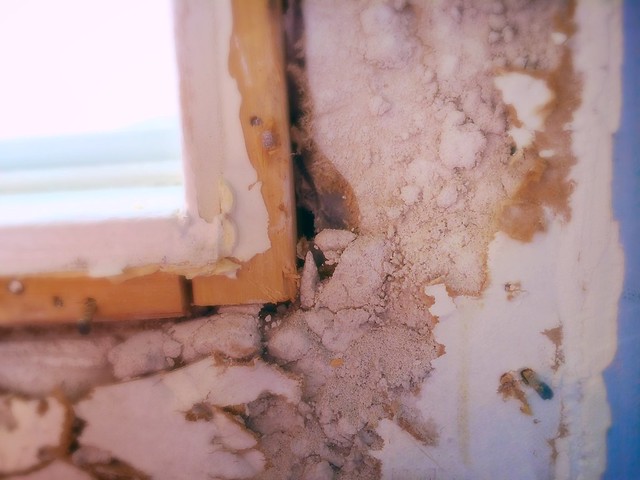
How to find the best windows?
- Do your homework. Read up on the latest technology in window products and on the types of questions to ask replacement window salesmen.
- Have more than one salesman showcase their company’s offerings and service. Cheap is not always best, but also beware of the hard sell for a very costly “new technology” in window glass or panes.
- If the price of windows is double what most will offer, you may want to do a double-check online for reviews, etc. Also, go through the warranty carefully.
- Check online for homeowner testimonials. We looked at several sites such as Homestars.com for reviews on different companies to see what the general consensus is about quality, warranty and customer service.
- Finally, word-of-mouth is extremely important, when it comes from a trusted friend or family member. Ask around and find out who others have used.
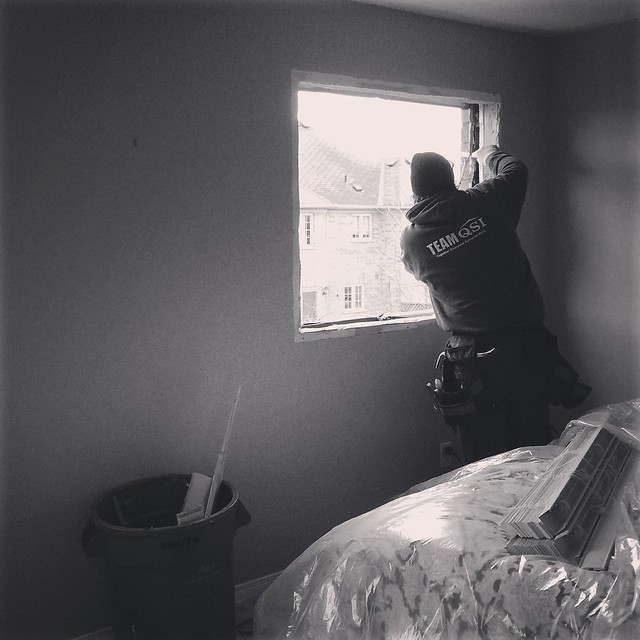
5. Caulking
Something that may be missed on your list of top things to do when you move into a new home! One of the things people fail to think about when they are renovating their resale home is caulking.
The caulking around your windows and ledges will degrade over the years. UV damage from the sun, hot and cold temperatures and rain and snow all have an effect on caulking.
Cracks in caulking can leak in cold air and moisture into your home at windows, and if bad enough, can cause greater damage than just a cold draft… think mold!
When we pulled off the window frame from our bedroom windows, we noted some moisture damage with the drywall flaking off and the nails rusting. We also had a view right through to the outside as the caulking had cracked completely open. Talk about drafts!
While caulking will be replaced when you get your windows replaced, you can also do it yourself, or call in a caulking company to help out. The only downside of recruiting help from professionals is the scarcity of good master caulkers.
This is one of the most important things you can do to fix up your home.
| Related: Tips For Spring Cleaning The Outside Of Your Home
Fall Home Maintenance Tips For A Cozy, Warm Winter
Put In the Effort Now For Peace Of Mind Later
All of this may seem to require time and money, but in the bigger scheme of things, addressing these issues can be a very good thing in the long run.
When you immediately tackle your list of top things to do when you move into a new home, you can eliminate expensive renovations later on. We’ve made a priority list for our home. These are items that need to be changed ASAP because they are a potentially dangerous hazard.
Other key things to consider replacing/having serviced:
- The roof
- The furnace and air conditioner
- Furnace air filter (an easy fix you should be doing yourself regularly anyways)
- Water heater
- Air duct cleaning
- Foundation cracks checked out and fixed (inside unfinished basements too, in possible!)
- Air fans in bathrooms
- Wooden decks that haven’t been maintained
- Rotting wooden columns on porches
- Rickety steps and railings
Purchasing a book (and I mean a physical hard copy book) that covers homeownership, home maintenance and information on code, etc, is a good idea and it will come in handy. I’ve learned that you need to become your own general contractor to live happily in your home.
Of course, renovations have their own stresses. Just don’t yell at your spouse r partner too much!
No home is perfect – even new, freshly built ones by builders. Knowing this, you can anticipate and prepare for all emergencies that pop up. We’ve learned from our experience and continue to find new challenges that we address every few months. Now only to keep saving for that rainy day…
And of course, don’t forget that you will have fun renovating and updating your home for years to come. The fun design stuff will happen too!
Read more on other key things to repair in your home – if you’re not there just yet, at least plan for a future repair. Because you’re going to need to address it someday!
QUESTIONS: What do you think should be on this list of things to do when you move into a new home? Have you had any hidden issues that the home inspection didn’t reveal that cost you dearly? I’d love to hear your stories.
Love this post? Share it with others on Pinterest – thanks!
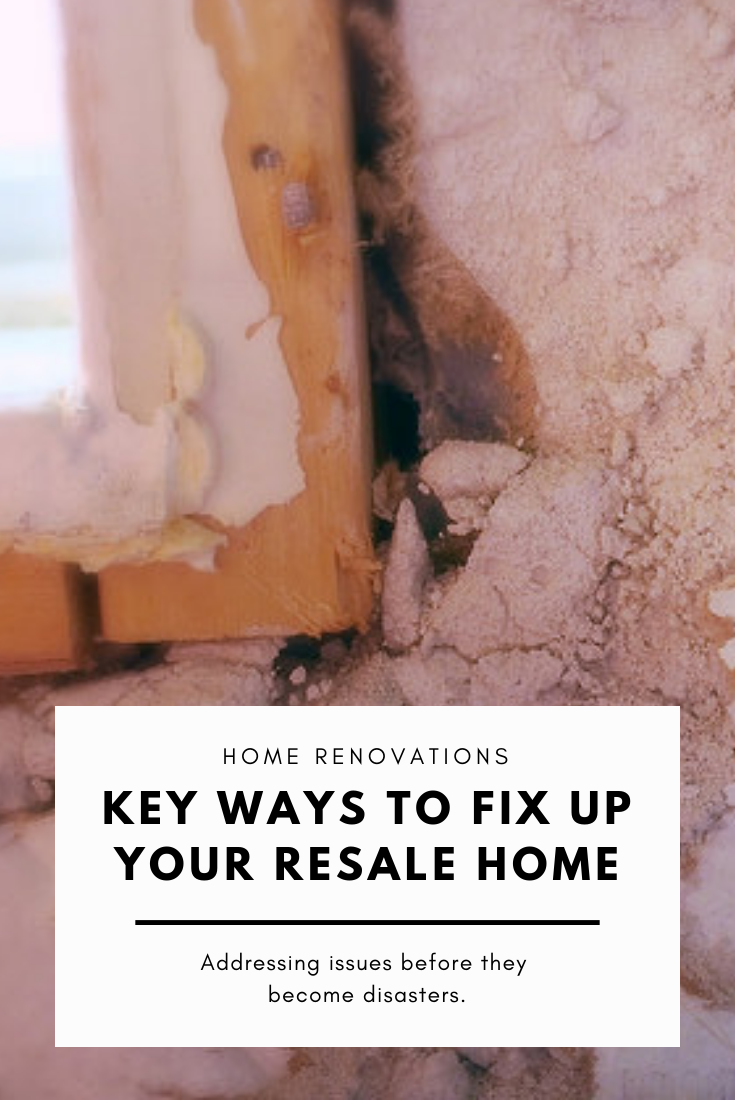






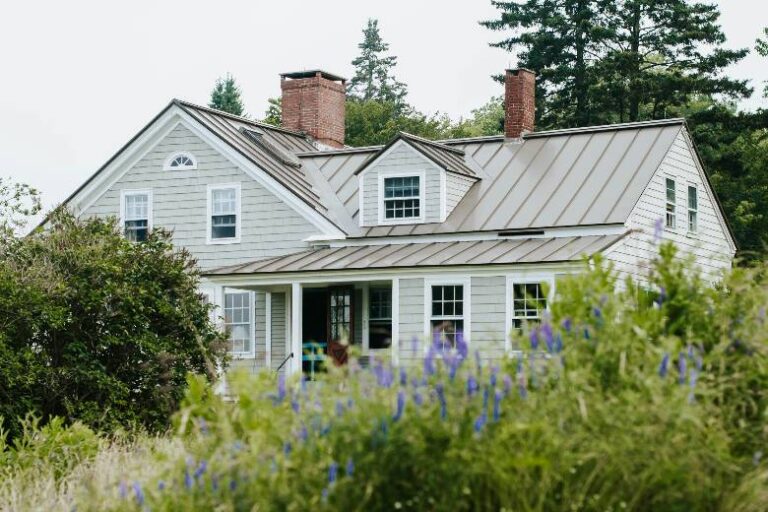

These are things I considered when I bought in 2001 … and that’s why I ended up in a condo. Ha!
This is a great article with super helpful tips! I wanted to reach out to see if you would be able to write another article that includes my company Stay Classy Moving and a link to our website if possible? If so please email me at sandra@stayclassymoving.com. Have a great day!